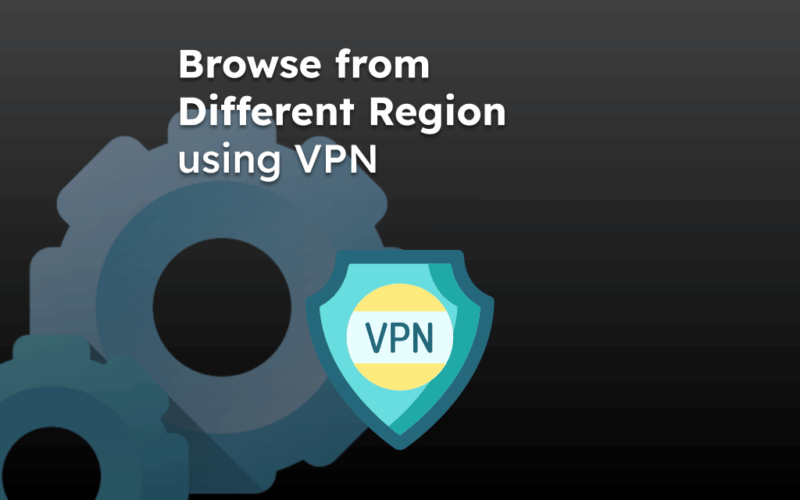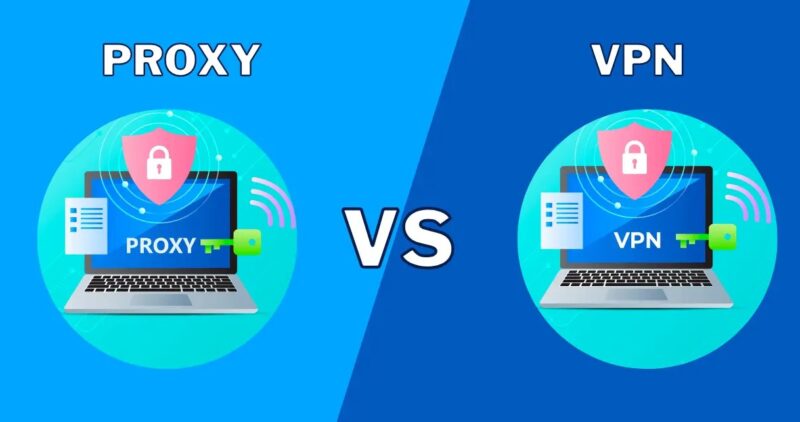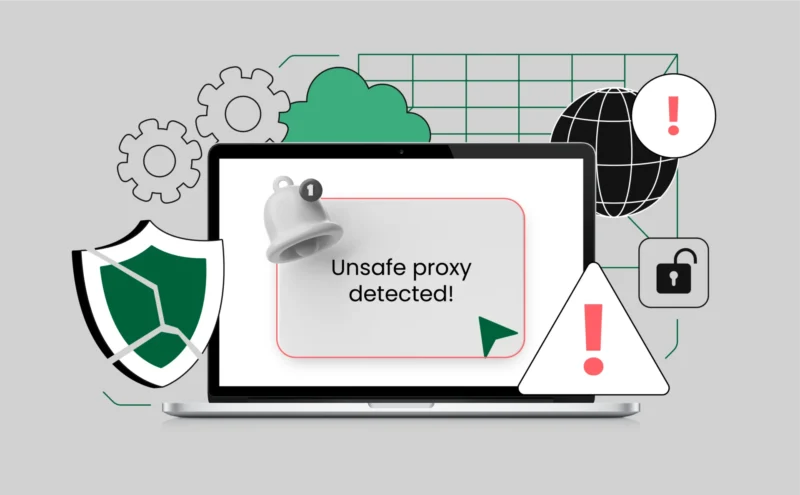Online privacy becomes more complicated when your browsing spans multiple countries or networks. Websites detect your location, language, and behavior through your IP address, cookies, and device data, which can change or expose information as you move between regions.
The concrete answer is that the most reliable way to maintain privacy across different regions is to route your traffic through secure, region-specific proxy servers or virtual private networks (VPNs) that mask your identity while keeping browsing consistent and private.
Regional Privacy Risks

When you browse from different regions, websites and services adapt to your detected country, but they also log unique identifiers. Regional differences in privacy laws, data retention policies, and network monitoring practices make your digital footprint inconsistent.
For example, the European Union enforces GDPR, while the United States lacks a single federal privacy standard. If you use the same device in both areas, companies can cross-link your data, such as search history or ad preferences, to identify you globally.
Cookies, browser fingerprints, and IP metadata combine to form a consistent user profile. Even without logging into accounts, analytics platforms can recognize repeated patterns of device type, font preferences, and browser extensions. When crossing borders, this profile exposes where you’ve been and what you’ve viewed, creating both commercial and surveillance risks.
The Role of Encrypted Connections

One essential layer of privacy is encryption. Using HTTPS ensures that your connection between the browser and the website remains private. However, HTTPS alone doesn’t hide your location or identity from the site or your internet provider. Your IP address still reveals the region.
When your IP changes due to travel or network switches, tracking systems notice. They flag unusual behavior, trigger re-authentication, and sometimes restrict access to certain content (like banking or media platforms). These disruptions make it difficult to maintain both privacy and usability across regions without additional protection.
Proxy Servers and Why They Work
Proxy servers act as intermediaries between you and the websites you visit. Instead of directly connecting to a site, your requests go through a proxy server located in a different region. This server forwards your request, receives the response, and sends it back to you, effectively hiding your original IP.
By using a reliable proxy network, you can appear to be browsing from a consistent or chosen region, regardless of where you physically are. This prevents websites and advertisers from connecting activity from different countries to the same user profile.
The advantage over simple VPNs lies in the flexibility: proxies can rotate IPs, assign them by country, or maintain static addresses for business operations. Services like Proxys.io offer access to global proxy pools that help users and businesses anonymize browsing, manage cross-border data testing, or verify region-specific content without revealing their physical origin.
Differences Between Proxies and VPNs

While both technologies protect your IP, they serve slightly different roles:
| Feature | Proxy Server | Virtual Private Network (VPN) |
| IP Masking | Yes, region-selective | Yes, full encryption |
| Encryption | Depends on protocol | Always encrypted |
| Use Case | Web scraping, SEO, and region switching | Secure browsing, streaming, privacy |
| Speed | Generally faster for single connections | Slightly slower due to full encryption |
| Scalability | Easily scaled for multiple requests | Designed for individual use |
For example, when testing an e-commerce site’s performance in Asia while you are in Europe, a proxy allows you to simulate regional browsing speeds and content availability. On the other hand, if you are accessing financial data over public Wi-Fi, a VPN is preferable for full encryption.
Managing Cookies and Fingerprinting
Changing your IP is not enough if your browser still sends identifying data. Advanced tracking uses browser fingerprints, combinations of screen resolution, fonts, time zones, and plugins to detect unique users even when IPs change.
To counter this, use privacy-oriented browsers or anti-detection profiles. Tools like Firefox with strict tracking protection or Brave Browser limit cross-site cookies and fingerprint collection. Clearing cookies regularly or using temporary sessions also helps break long-term tracking chains.
However, when moving between regions, consistency matters. If you delete all cookies too often, websites may repeatedly flag your account for verification. The balance is maintaining anonymity without triggering unwanted blocks, which is where region-specific proxies or identity profiles come in.
Practical Setup for Regional Privacy

A practical and secure browsing setup for multi-region activity looks like this:
- Choose a stable proxy network. Select a provider that offers regional IPs with high uptime and quick rotation.
- Use private browsers, combined with browsers that restrict trackers or allow isolated profiles for each region.
- Encrypt DNS queries. Even if your connection is proxied, DNS requests can leak your location. Enable DNS-over-HTTPS.
- Avoid account reuse. Logging into the same account across regions creates a cross-linkable data trail.
- Rotate user agents and time zones. Adjust these settings to match the proxy region for realistic browsing patterns.
This approach ensures your browsing appears natural within each target region while protecting your physical identity and data.
Business Applications of Regional Privacy
For companies, maintaining browsing privacy across regions isn’t just about personal security. Businesses test advertising visibility, SEO rankings, and competitor pricing from different countries. Without proxies, these checks become inaccurate because sites often show different data to foreign IPs.
Developers, analysts, and compliance teams use global proxy networks to simulate user experiences in various jurisdictions. For instance, a financial firm testing access compliance under EU vs. US regulations can use regional proxies to confirm that data presentation aligns with local standards.
Similarly, digital marketers use proxy-based browsing to track ad delivery across regions without revealing business IP addresses.
Avoiding Misuse and Staying Ethical
It’s important to separate legitimate privacy use from abuse. Proxy or VPN technology should never be used to bypass laws, commit fraud, or impersonate individuals. Many regions regulate online masking tools to ensure they are used for lawful purposes such as privacy protection, research, or compliance testing.
The ethical guideline is clear: protect your privacy and data, but not at the expense of transparency or local legal frameworks.
Balancing Privacy and Accessibility
A key challenge is maintaining privacy without losing access to localized services. Some platforms block connections from known proxies or VPNs, especially streaming and banking websites. The solution lies in smart configuration: choose proxy servers with real residential IPs and use them sparingly to mimic genuine user behavior.
For personal use, combining encrypted proxies, anti-tracking browsers, and minimal login exposure achieves the best balance. For professionals, integrating a managed proxy network like Proxys.io ensures controlled and regionally compliant access without manual rotation or complex maintenance.
Conclusion

Maintaining privacy when browsing across regions requires a layered approach: masking your IP with region-specific proxies, encrypting connections, managing cookies and fingerprints, and balancing usability with protection. The concrete takeaway is that you can retain consistent privacy and stable access by using trusted proxy services, encrypted browsers, and disciplined digital habits.
Global browsing privacy is not about hiding; it is about controlling what you share and ensuring consistency no matter where you connect from.

